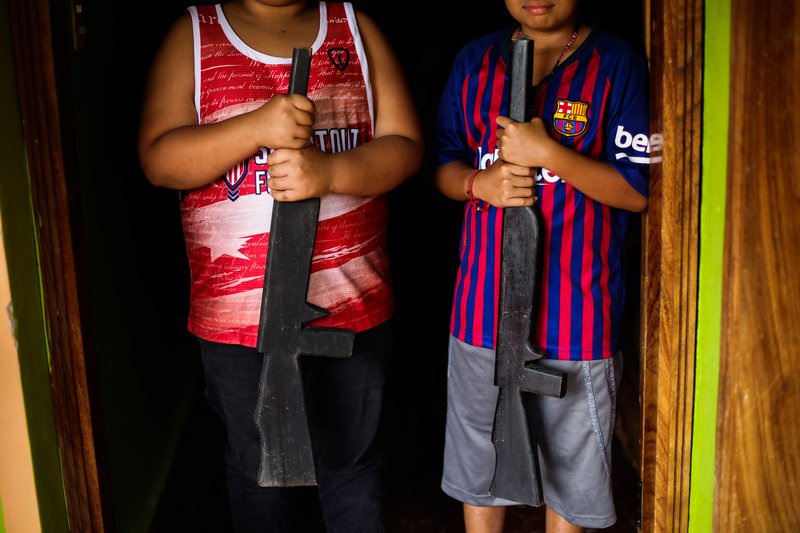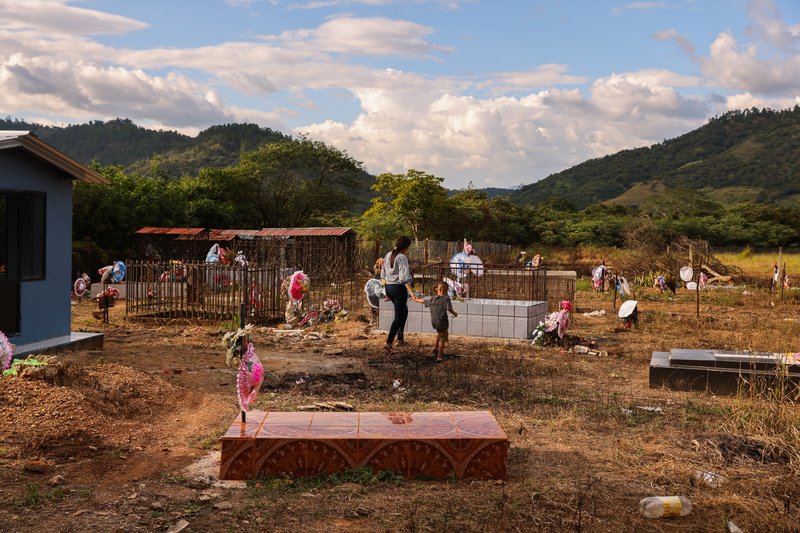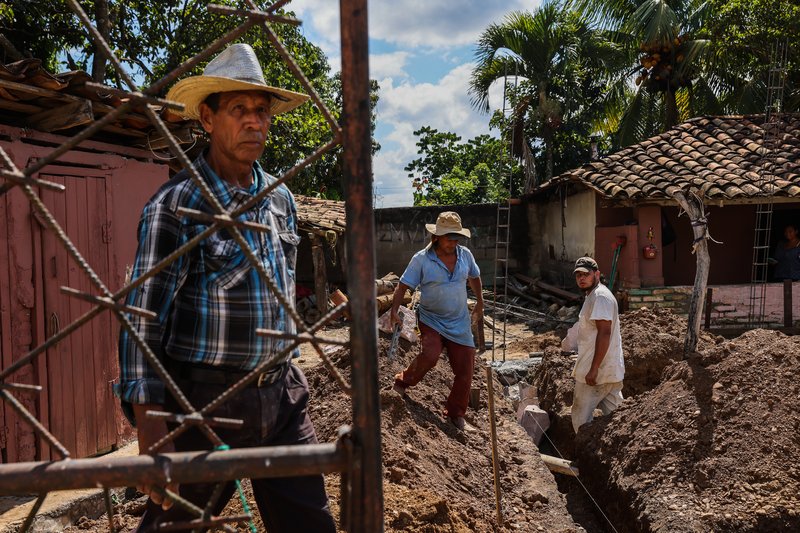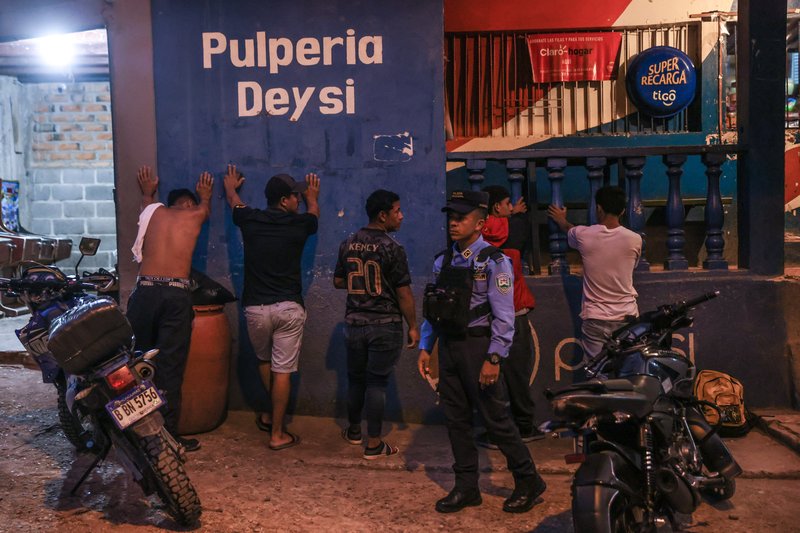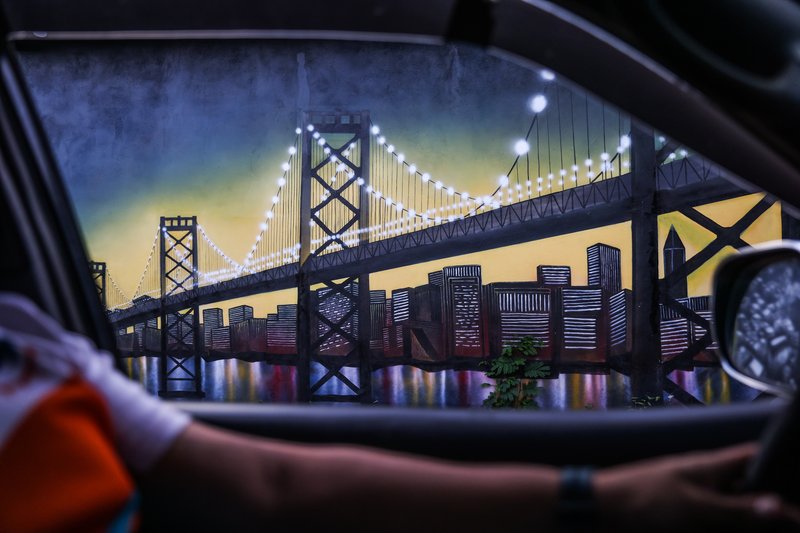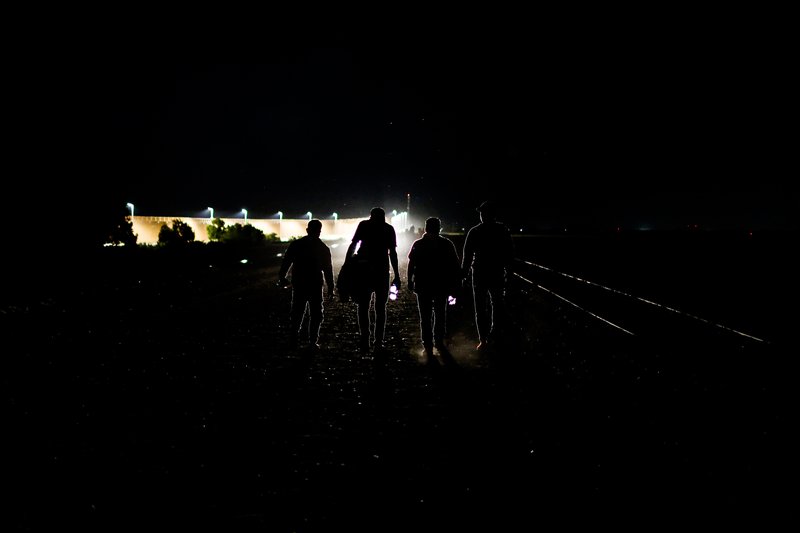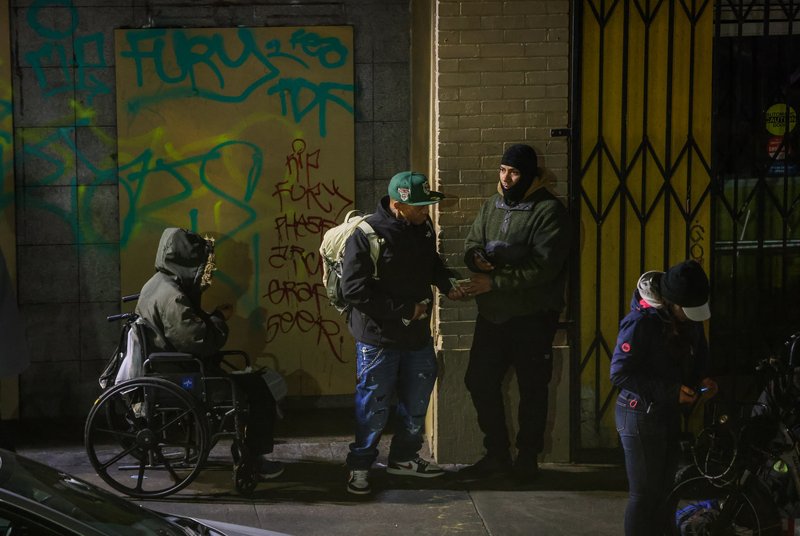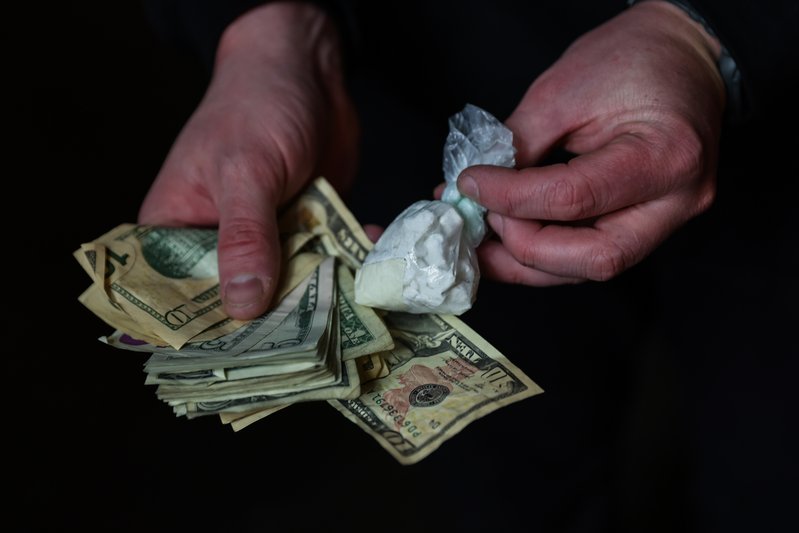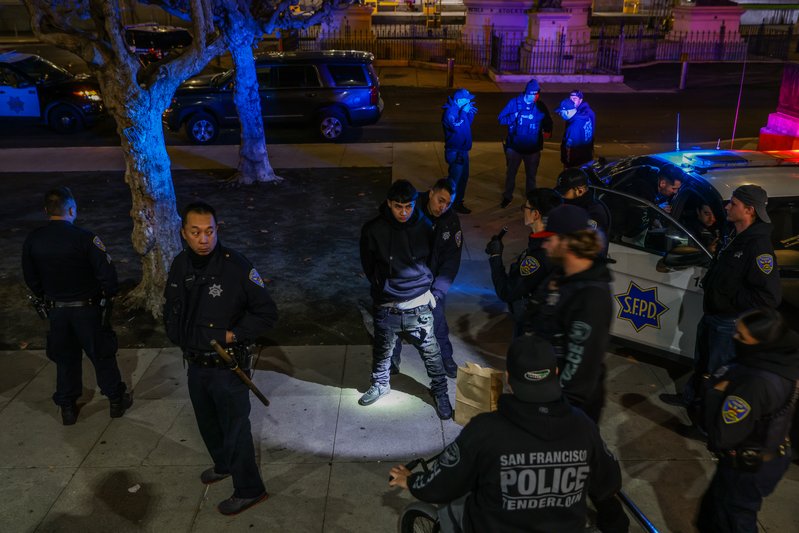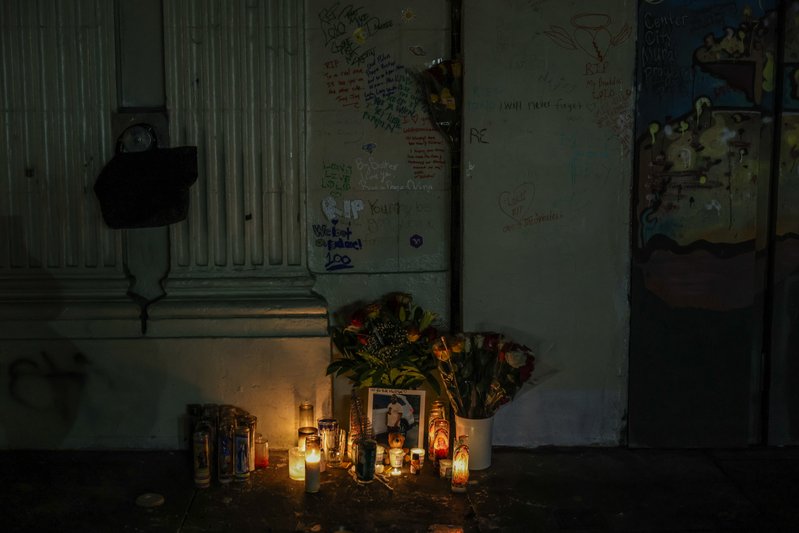Finalist: Gabrielle Lurie
This premier category is open to all photographers -- independent, agency, wire service, or newspaper photographers.
The spirit of this category is to honor a photographer who documents their own community. At least 60% of their portfolio must consist of local or regional coverage from their home or organization’s primary geographic market.
Only one national or international story is allowed. A portfolio must include at least two narrative picture stories (5 or more images).
How a Rural Community in Honduras Dominates San Francisco's Open Air Drug Markets
Thirty-five hundred miles from San Francisco,a dirt road in Honduras shared by pickup trucks and oxcarts cuts through abandoned farmland.In a small village,a jewel-toned mural appears like a mirage:the Bay Bridge,sparkling at night,stretching across a 10-foot-high wall.In a nearby town square,a child in a Steph Curry shirt climbs a tree.A few blocks away,a taxi whizzes by,an SF Giants sticker affixed to its bumper.Extravagant emblems of San Francisco appear unexpectedly and often.Handsome new homes rise behind customized iron gates emblazoned with San Francisco 49ers or Golden State Warriors logos.This is the Siria Valley,a cluster of rural villages in central Honduras.The valley is the hometown of a high concentration of people who, fleeing poverty and crime,migrate to San Francisco,where some of them sell drugs.Most Hondurans reaching the Bay Area find work in places like restaurants,or gardening.But more than 200 Honduran migrants have been charged with drug dealing in San Francisco since 2022.A longtime Honduran dealer estimated that 1,000 Honduran migrants are dealing drugs at any given time,with most of them from the Siria Valley,which has a population of 21,000 people.Overdose deaths have skyrocketed in S.F taking more than 2,500 lives in 3 years.Now one of the most progressive cities in the nation is fracturing over concerns that it has become too permissive.What to do about the Honduran dealers is a key political issue as a major citywide election approaches in 2024.
I Can't Escape the Violence
Zirl Wilson walked inside an East Oakland gas station after slipping past fifty people who had gathered outside to film a music video. That January day, Wilson found himself running for cover as bullets whizzed past him, hitting the shelves and popping bags of chips and other snacks. As he peered through the glass doors of the mini mart, Wilson briefly locked eyes with a young man he had never met before who was sprinting toward him, trying to escape the crowd. Wilson watched as bullets tore into the man's stomach, killing him. In the next few seconds, Wilson was felled by four gunshots that tore through his legs. “I felt a bone break, and then immediately, I got hit again,” Wilson said. “All I could do was just lay down and wish that no one was coming in because I was in the doorway.” In a cloud of fear and confusion, Wilson shut his eyes and waited. Wilson, 57, lived through a mass shooting on Jan. 23, 2023 where four others were also shot and injured. Mario Navarro, 18, was killed. Despite making it through the harrowing ordeal, Wilson had a difficult year of physical and mental rehabilitation. Medical professionals said he may never walk again or that his leg might need amputation. He needed several surgeries. His rehabilitation was documented to illustrate the fallout of gun violence, a nationwide scourge that has hit Oakland and a city with one of the state's worst rates of gun violence. Oakland ended 2023 with a 21% rise in violent crime and recorded 120 homicides.
Jessica's Journey: In and Out of the Hospital
Jessica DiDia, 36, has been photographed for the past three years, sharing her story and struggles with addiction. Fentanyl has an ironclad grip on Jessica’s life. She organizes her days around smoking the drug and shoplifting to pay for it despite surviving more than 100 overdoses. In the intensive care unit at SF General Hospital, where Jessica has bounced in and out of this year, she is free from the cycle of addiction - for a few days. There, she uses methadone to ease her withdrawal symptoms. She sleeps, calls her mom, and watches sappy movies. Jessica was in the hospital after suffering a seizure, falling, and shattering her orbital socket. She didn’t remember how she fell, but she was optimistic. “I feel more physically comfortable, more confident,” she said. “I’m going to try not to use anything except for cigarettes.”She struck this hopeful tone against the backdrop of a drug crisis that has killed more than 2,500 people since 2020. Central to the city’s challenge is successfully helping people like Jessica. The hospital’s top-flight care at over $8,000 a day wasn’t matched by its plan for Jessica’s discharge. Once released, she was shuttled to the only medical respite center, which sits just feet from the open-air drug market.No one assured that Jessica made it to the facility, that she went to the methadone clinic, or guided her through her attempt at recovery. Soon, she gave up methadone. She turned back to fentanyl. A few weeks later, she was back in the hospital.
Final Farewell: Dianne Feinstein Remembered
In early October, the late Sen. Dianne Feinstein returned to City Hall in San Francisco, where she began her rise to political prominence. Her body was returned to San Francisco on a military flight. She died September 29th in her Washington, D.C., home at the age of 90 of natural causes. Instead of lying in state in the U.S. Capitol, as many prominent senators have done, Feinstein’s casket sat beneath the City Hall dome, where members of the public paid their last respects. Her casket, draped in an American flag, was carefully lifted from the hearse by six uniformed police, sheriff’s deputies, and firefighters and carried up the steps into City Hall. The following day San Francisco bid farewell to Dianne Feinstein in a memorial service which celebrated a life of public service, one that bashed through multiple glass ceilings in her native city, as well as the nation’s capital. Feinstein’s service to the city began in 1969 when she was elected to the Board of Supervisors. Less than 10 years later, she would raise her right hand to become Mayor hours after the assassination of Mayor George Moscone and Supervisor Harvey Milk, a day she told the local newspaper, she remembered like it was yesterday. “Today she is home with her family and with her supporters and with the people that really love her,” said Supervisor Connie Chan, after signing her condolence book. “This is really, in my humble opinion, where she belongs. She loved San Francisco, and San Francisco loves her right back."
